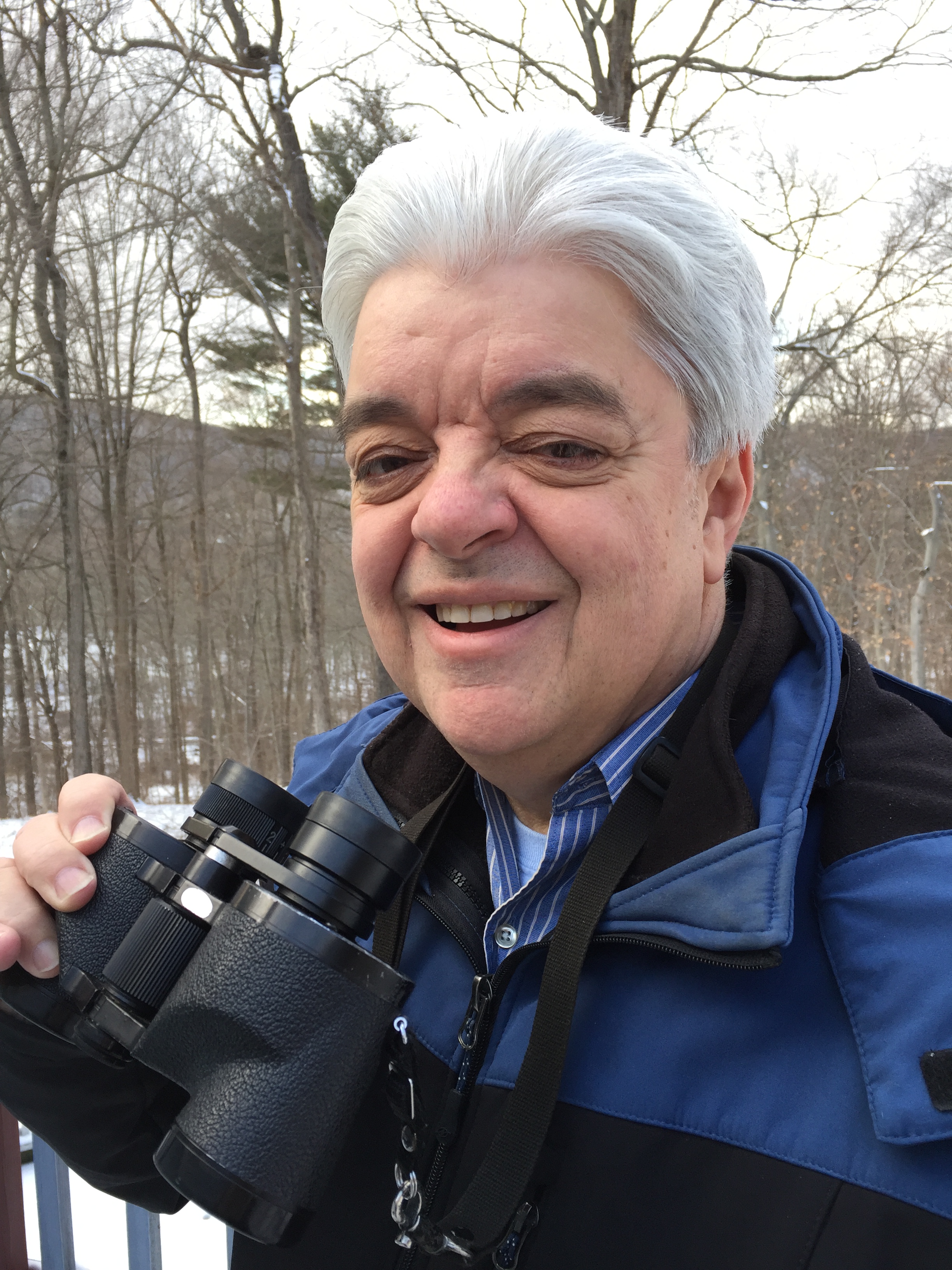To the Moon! Celebrate the Apollo 11 Anniversary by Skywatching
It's the 50th anniversary of astronauts first landing on the moon — and what better way to celebrate than to pull out binoculars and telescopes to try to spot the historic mission's destination?
Of course, there is no chance that you'll actually be able to see the lunar lander; it is far too small to see even through a large telescope employing very high power. However, it isn't at all difficult to scan the particular region of the moon — Mare Tranquillitatis, or the Sea of Tranquility — where astronauts Neil Armstrong and Edwin "Buzz" Aldrin cavorted for a few short hours on the lunar surface.
On the night when the historic event took place, Sunday, July 20, 1969, the moon was in a waxing crescent phase, 35.4% illuminated by the sun.
And today (July 7) — appropriately also on a Sunday — the moon will be very close to appearing in the same illuminated crescent phase — 34.7% — that it was on the night of the first moonwalk.
Related: Apollo 11 at 50: A Complete Guide to the Historic Moon Landing Mission
Selecting the landing site
The Sea of Tranquility was chosen for Apollo 11's landing site based primarily on photographs taken of that part of the moon by the robotic spacecraft Ranger 8, which took more than 7,000 high-resolution images of the moon before impacting the lunar surface on Feb. 20, 1965. The lander was part of the series of nine Ranger spacecraft launched in the early 1960s to explore the moon. Ranger 8 impacted the moon only 15 miles (24 kilometers) from its target in the Sea of Tranquility.
These photographs, augmented by pictures taken by the Apollo 8 astronauts who orbited the moon in December 1968, helped NASA to ultimately determine where they wanted astronauts Armstrong and Aldrin to set down their lunar module.
Breaking space news, the latest updates on rocket launches, skywatching events and more!
How to find the Sea of Tranquility
The part of the Sea of Tranquility where the lunar lander — dubbed "Eagle" — eventually landed is visible for about half the month. It's best seen when it's in sunlight, any night approximately five to 18 days after the new moon. (The sun had just risen the day before Armstrong and Aldrin arrived over what was to become "Tranquility Base.") Tonight, however, will give you a good idea of how the moon actually looked and approximately where in the sky it was — low in the west-southwest sky — on that incredible night almost exactly a half century ago.
If you carefully study the accompanying photo of the moon, marked with the position of where the Eagle landed, you'll have a pretty good idea as to where to focus your attention through the eyepiece of your binoculars or telescope. To me, it is located on the lower edge of the "Man in the Moon's" left eye. What we each see when we look at the face of the moon is strongly subjective, however. You might see it as something completely different.
40 years later ... the lunar lander seen again!
Actually spotting the lunar lander of Apollo 11 was pretty much out of reach until 10 years ago, when NASA's Lunar Reconnaissance Orbiter (LRO) finally caught sight of the Eagle lunar lander at Tranquility Base. The image did not reveal whether the U.S. flag planted there is still standing or not, though experts believe it may have been knocked over by Eagle's thrusters when the astronauts left the moon's surface.
"Of course it was fantastic to see the hardware lying on the surface, and it was exactly as we expected it to be, sitting on the surface waiting for us to come back," LRO's principal investigator, Mark Robinson of Arizona State University, said at the time.
- Catch These Events Celebrating Apollo 11 Moon Landing's 50th Anniversary
- NASA's Historic Apollo 11 Moon Landing in Pictures
- Reading Apollo 11: The Best New Books About the US Moon Landings
Joe Rao serves as an instructor and guest lecturer at New York's Hayden Planetarium. He writes about astronomy for Natural History magazine, the Farmers' Almanac and other publications, and he is also an on-camera meteorologist for Verizon FiOS1 News in New York's lower Hudson Valley. Follow us on Twitter @Spacedotcom and on Facebook.

Joe Rao is Space.com's skywatching columnist, as well as a veteran meteorologist and eclipse chaser who also serves as an instructor and guest lecturer at New York's Hayden Planetarium. He writes about astronomy for Natural History magazine, Sky & Telescope and other publications. Joe is an 8-time Emmy-nominated meteorologist who served the Putnam Valley region of New York for over 21 years. You can find him on Twitter and YouTube tracking lunar and solar eclipses, meteor showers and more. To find out Joe's latest project, visit him on Twitter.
